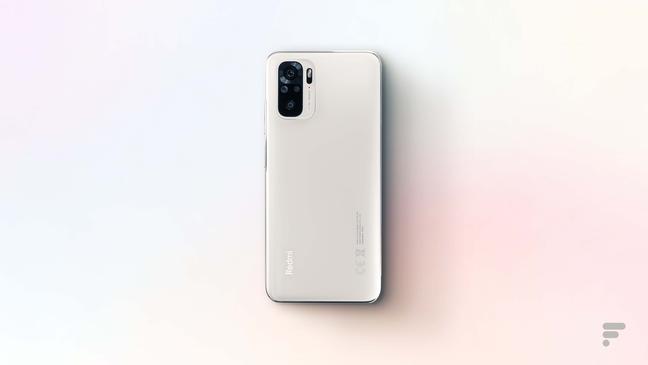Under the hood, the Redmi Note 11 abandons the Dimensity processor (MediaTek) in favor of a Snapdragon 680 (Qualcomm) coupled with 4 or 6 GB of RAM and 64 or 128 GB of storage, expandable up to 1 TB thanks to the microSD slot. Also included are a 3.5 mm jack port and a fingerprint sensor located on the right side of the device. On the connectivity side, this 4G smartphone offers Bluetooth 5.0, NFC compatibility and a dual SIM drawer. Autonomy is ensured by a 5000 mAh battery compatible with fast charging at 33 W.
This phone has a quadruple photo module consisting of a 50 megapixel sensor whose wide-angle lens opens at f / 1.8, an ultra wide-angle of 8 megapixels (f / 2.2), and two 2 megapixel sensors each for macro and depth measurement (f / 2.4). At the front, we are entitled to a 13 megapixel sensor housed in the central punch.

Available in dark grey, dark blue and iridescent blue, the Redmi Note 11 will be available in February starting at $179.
More ambitious Pro models
As their name suggests, the Redmi Note 11 Pro 4G and Note 11 Pro 5G do not offer the same connectivity. The first opts for a MediaTek Helio G96 SoC, while the second is equipped with the Snapdragon 695 engraved in 6 nm, which opens the doors to 5G. Both, on the other hand, come with 6/8 GB of RAM and 64/128 GB of storage, expandable via microSD up to 1 TB. The rest of the specifications are identical.
Medical deserts, public services: what assessment of Macron on rurality?
The best phones in 2021 for photos and video
What is the best Oppo smartphone to choose?
Good Plan: the recap of 4G packages on sale